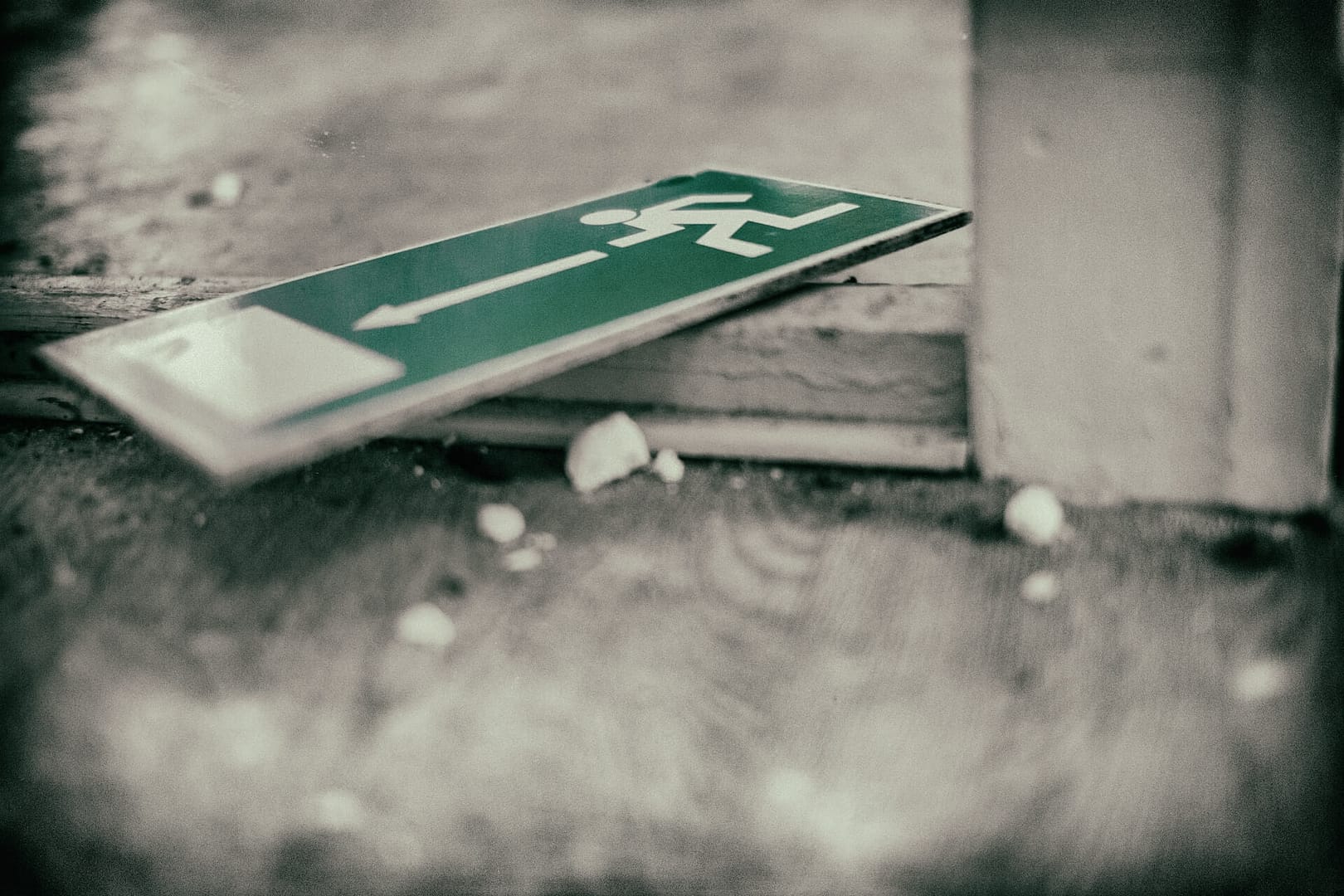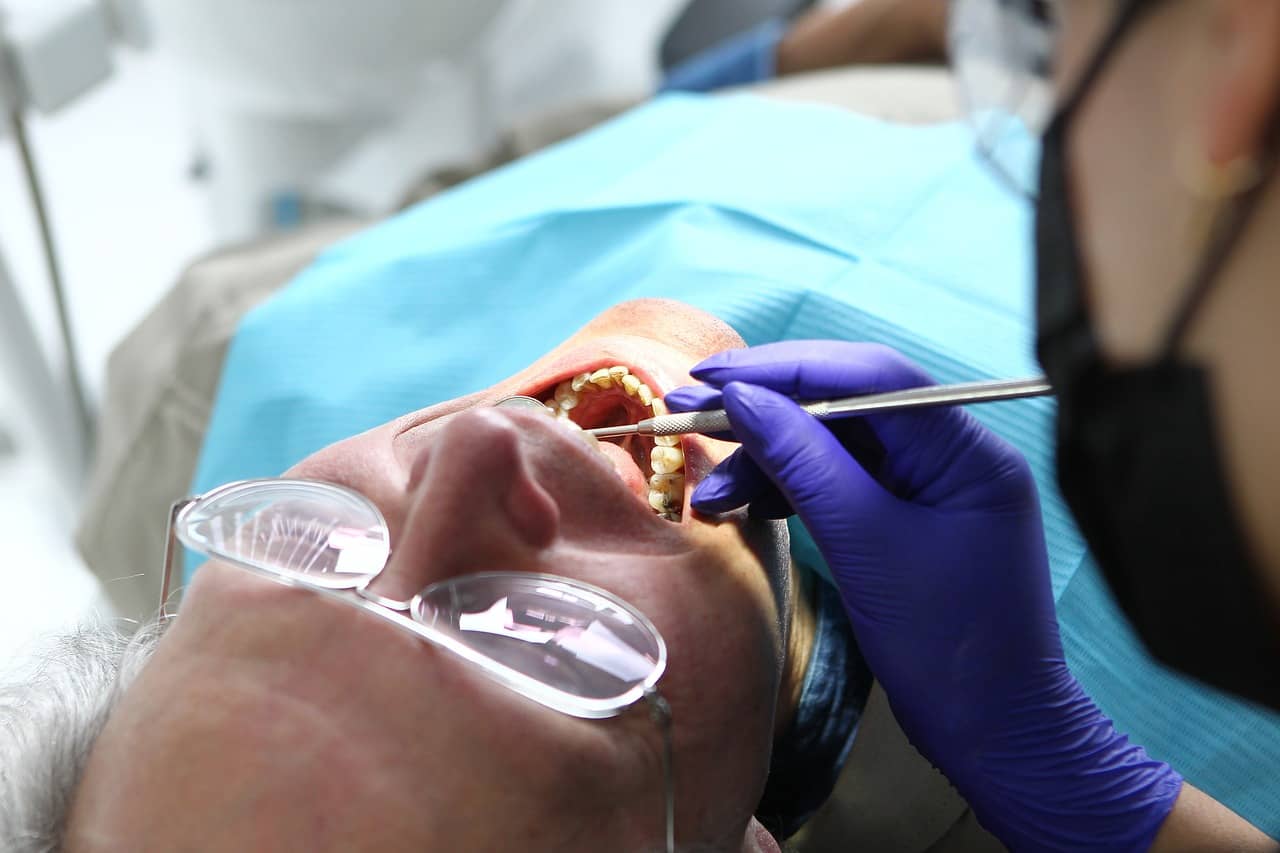In the fast-paced world of today’s workplaces, employee safety should always be a top priority. Emergencies can strike unexpectedly, and having a well-prepared team can make all the difference. This article will guide you through the process of conducting effective emergency drills at work, ensuring that your team is ready to respond promptly and confidently in any crisis.
Understanding Emergency Procedures in the Workplace
Before delving into the nitty-gritty of conducting emergency drills, it’s crucial to have a solid grasp of what emergency procedures in the workplace entail. These procedures are a set of predefined steps and protocols designed to protect employees and minimise damage during emergencies such as fires, natural disasters, or other potentially life-threatening situations.
To create effective emergency procedures, it’s essential to assess the specific risks and challenges your workplace may face. This could include the layout of the building, the nature of the work being conducted, and the types of potential emergencies that are most likely to occur. Taking these factors into account will help tailor your emergency procedures to the unique needs of your workplace.
Once your emergency procedures are in place, the next step is to ensure that every team member is familiar with them. Regular training sessions and the dissemination of written materials can help employees understand their roles and responsibilities in the event of an emergency. This foundational knowledge lays the groundwork for successful emergency drills.
Conducting an Effective Emergency Drill
Now that you have a solid foundation in emergency procedures, let’s explore the step-by-step process of conducting an effective emergency drill at work. Keep in mind that drills are not merely a checkbox to meet compliance standards; they are invaluable tools for honing your team’s response capabilities.
Planning the Drill
Start by choosing a specific type of emergency to simulate during the drill. This could be a fire, a chemical spill, or any other scenario relevant to your workplace. Ensure that the chosen emergency aligns with the risks identified in your emergency procedures.
Once you’ve selected the type of emergency, outline the drill’s objectives. What specific skills or actions do you want your team to practise? Clearly defined objectives help participants focus on key aspects of the emergency response, maximising the effectiveness of the drill.
Notifying Participants
Communication is key during emergencies, so it’s crucial to simulate the unexpected nature of a real crisis. Surprise your team by providing minimal advance notice before the drill. This helps gauge spontaneous reactions and identifies areas for improvement in your emergency procedures.
Make sure to inform participants about the type of emergency being simulated and any specific instructions they need to follow. Emphasise that the drill is a learning experience and encourage everyone to take it seriously.
Executing the Drill
When the drill begins, observe how participants respond to the simulated emergency. Pay attention to their adherence to established procedures, the speed of their actions, and their overall communication effectiveness.
Incorporate elements of realism into the drill, such as simulated smoke or alarm sounds. This helps create a more immersive experience, preparing your team for the sensory aspects of a real emergency.
Debriefing and Feedback
After the drill concludes, gather your team for a thorough debriefing session. Discuss what went well and identify areas that need improvement. Encourage open communication and feedback to foster a culture of continuous improvement.
Use this opportunity to reinforce key lessons learned during the drill. Discuss any deviations from established procedures and explore alternative approaches that may enhance the team’s response in the future.
Tips for Enhancing Emergency Drills
Now that you have a basic understanding of how to conduct effective emergency drills, let’s explore some additional tips to further optimise your preparedness efforts.
Regularly Update Emergency Procedures
The workplace is dynamic, and so are potential risks. Regularly review and update your emergency procedures to reflect any changes in the workplace environment or organisational structure. This ensures that your team is always prepared for the most current challenges.
Simulate Different Scenarios
While it’s essential to focus on specific types of emergencies, periodically mix things up by simulating different scenarios. This broadens your team’s skill set and ensures adaptability in the face of diverse challenges.
Encourage Cross-Training
Cross-training employees in various emergency roles fosters versatility within your team. This ensures that, in the event of an emergency, individuals can step into different roles if needed, enhancing overall response capabilities.
Celebrate Successes
Recognize and celebrate successful emergency drills. Positive reinforcement boosts team morale and encourages a proactive approach to emergency preparedness. Consider implementing an incentive program to further motivate participation and excellence in drills.
Making an Accident at Work with National Claims
Now, let’s shift our focus to the perspective of National Claims. In the unfortunate event of an accident at work, National Claims is here to support you. Our experienced team understands the complexities surrounding workplace emergencies, and we are committed to providing swift and effective assistance.
If you find yourself facing the aftermath of a workplace accident, reach out to National Claims. We specialise in guiding individuals through the claims process, ensuring that you receive the support and compensation you deserve. Our dedicated professionals will work tirelessly to navigate the intricacies of your case, providing peace of mind during challenging times.

Conclusion
Effectively conducting emergency drills at work is not just a regulatory requirement; it’s a fundamental aspect of ensuring the safety and well-being of your team. By understanding emergency procedures, planning meticulously, and continuously refining your approach, you can create a workplace culture that prioritises preparedness and swift, confident responses in the face of unforeseen challenges.
Remember, the goal is not just to conduct drills but to cultivate a resilient and adaptable team capable of navigating any emergency with competence and composure. In times of crisis, the combination of well-practised emergency procedures and the support of organisations like National Claims can make a significant difference in the outcomes for individuals and the entire workplace community. Stay safe, stay prepared, and remember that proactive measures today can mitigate potential risks tomorrow.
Get started on your claim with the help of one of our claims specialists today by contacting us.
Click below to see why we are one of the most trusted claims management companies in the UK.

We’re proud of our excellent customer reviews
We thrive on delivering exceptional service and ensuring our clients’ satisfaction. Don’t just take our word for it. Check out some of our independent reviews to see what our clients have to say.
Excellent

This firm is excellent, they sorted out my car pay out and injury claim very fast, they always communicate with you all the time.

My accident case was dealt with confidence and with great result of the outcome, especially James kept me informed all the time.

I was very impressed at the way my inquiry was treated. I was listened to attentively and everything I needed to know was explained to me.






